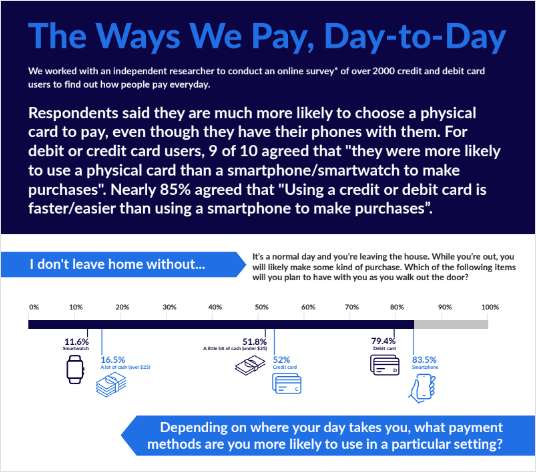WASHINGTON – Fannie Mae strongly disputed a recently issued preliminary report written by a staff economist at the Federal Reserve that opined that while Government-Sponsored Enterprises Fannie Mae and Freddie Mac were primarily created to provide liquidity to the national mortgage market and lower the costs of homeownership for consumers, “the implicit government subsidy” has a negligible impact on homeownership and housing activity. Among some of the other findings of the working paper by Wayne Passmore of the Fed's Board of Governors it found that the two GSEs do not pass on to consumers the bulk of the benefits of their congressional charter, that the federal government's “implicit subsidy” of the GSEs has created a “funding advantage for the GSEs over private sector institutions,” and that “the GSEs would hold far fewer of their mortgage-backed securities in portfolio and their capital-to-asset ratios would be higher if they were purely private.” The Fed Governor, who made it clear that “the opinions, analysis and conclusions of this paper are solely mine and do not necessarily reflect those of the Board of Governors of the Federal Reserve System,” wrote that, “Most purchasers of the GSEs debt securities believe that this debt is implicitly backed by the U.S. government despite the lack of a legal basis for such a belief and despite the fact that the prospectus for each GSE security clearly states that GSE debt is not backed by the government.” “We strongly dispute these points,” stated David Berson of Fannie Mae's Economics Department. “The activities of Fannie Mae and Freddie Mac result in a significant reduction in mortgage rates relative to the jumbo market (on average around 30 basis points), and we provide significantly more benefits to the housing and mortgage markets than we receive from our congressional charter (which also restricts us to doing business only in the secondary residential mortgage market.” Passmore argued that the presence of Fannie Mae and Freddie Mac resulted in only about a 7 basis point reduction in mortgage rates in the conforming market. But Berson counter-argued that the model Passmore used in his paper “does not accurately reflect how the mortgage markets or Fannie Mae and Freddie Mac work,” and he attacked Passmore's logic for deriving the 7 basis point figure. He also took exception to Passmore's argument concerning the GSE's so-called funding “advantage” and called Passmore's findings “somewhat because the author decided which set of companies to include in the comparison groups.” -
Complete your profile to continue reading and get FREE access to CUTimes.com, part of your ALM digital membership.
Your access to unlimited CUTimes.com content isn’t changing.
Once you are an ALM digital member, you’ll receive:
- Breaking credit union news and analysis, on-site and via our newsletters and custom alerts
- Weekly Shared Accounts podcast featuring exclusive interviews with industry leaders
- Educational webcasts, white papers, and ebooks from industry thought leaders
- Critical coverage of the commercial real estate and financial advisory markets on our other ALM sites, GlobeSt.com and ThinkAdvisor.com
Already have an account? Sign In Now
© 2025 ALM Global, LLC, All Rights Reserved. Request academic re-use from www.copyright.com. All other uses, submit a request to [email protected]. For more information visit Asset & Logo Licensing.









